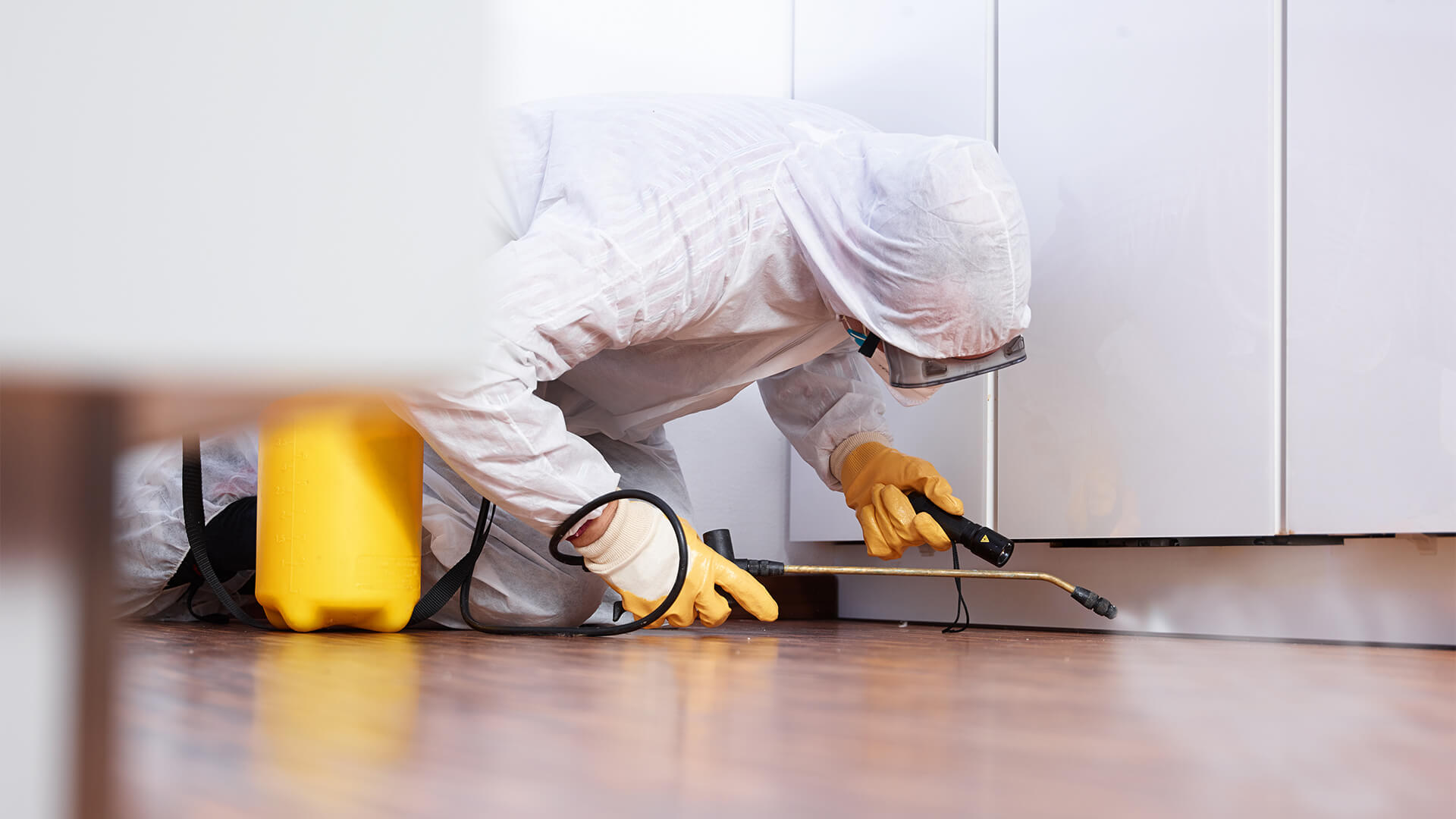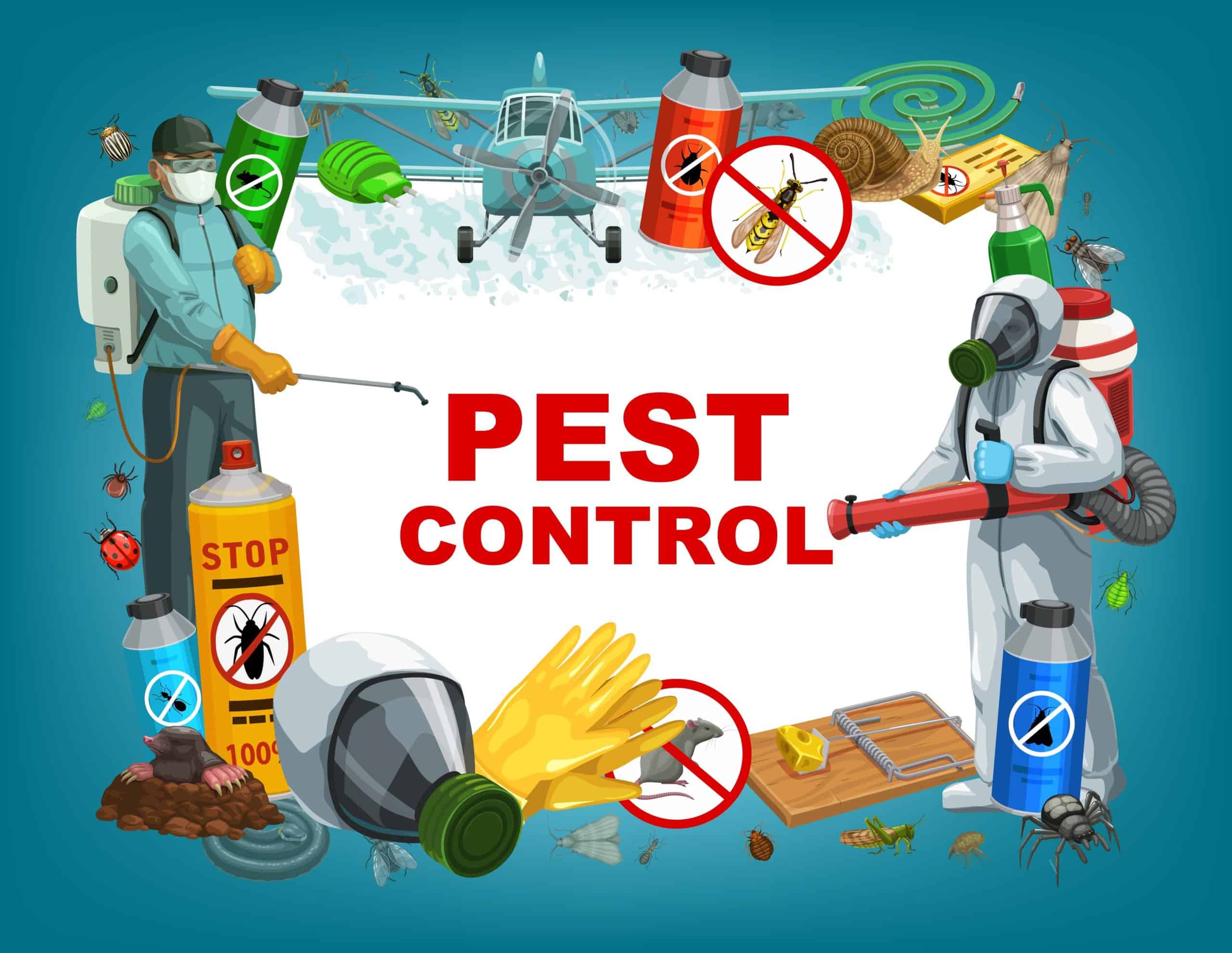Mastering the Art of Bug Control: Proven Methods for Long-Term Prevention and Obliteration
By grasping the art of parasite control with proven methods for lasting prevention and eradication, one can develop a proactive protection against possible hazards. Recognizing the behavior of pests, implementing incorporated parasite administration techniques, and using natural treatments are just a couple of vital parts crucial to attaining enduring success in this undertaking.
Recognizing Parasite Habits
To successfully implement pest control approaches, it is necessary to understand the complex behaviors exhibited by various parasites in different settings. Recognizing bug actions is a fundamental facet of developing reliable bug administration strategies. Each pest types has unique practices and preferences that influence their activity, feeding, and breeding patterns. By examining these habits, insect control professionals can determine one of the most susceptible factors in the bug's life cycle to target interventions better.
For instance, rats like rats and computer mice are nighttime animals that like dark, secluded spaces near a food source. a1 portland pest control bed bugs. Knowing this, bug control experts can concentrate on sealing access factors and eliminating food attractants to discourage these pests. On the other hand, insects such as roaches prosper in cozy, humid areas with access to water. By addressing dampness issues and securing crevices and splits, problems can be substantially decreased.
Executing Integrated Insect Administration
Implementing Integrated Parasite Management entails making use of a holistic approach to attend to insect concerns by incorporating numerous control strategies and approaches. This technique highlights prevention, monitoring, and control of insects via a combination of organic, social, physical, and chemical treatments. By integrating several techniques, Integrated Insect Management (IPM) intends to lessen the usage of pesticides while efficiently managing pest populaces.
Avoidance is likewise a fundamental principle of IPM, focusing on removing aspects that draw in pests, such as water, shelter, and food. Normal tracking and assessment are important to spot insect infestations early and stop them from rising.
In addition, IPM promotes making use of eco-friendly and sustainable parasite control techniques to minimize harm to non-target organisms and the bordering environment - a1 pest control in portland oregon bed bugs. By embracing an Integrated Bug Monitoring approach, organizations and people can effectively take care of insects while lowering dependence on chemical pesticides
Making Use Of Natural Treatments
Building upon the foundation of Integrated Pest Monitoring, a change in the direction of utilizing natural treatments offers a green technique to pest control. Natural remedies harness the power of nature to deter and eliminate insects without making use of harsh chemicals that can damage the setting, humans, and advantageous organisms.

Additionally, growing pest-repelling plants like marigolds, lavender, and mint around yards and homes can help discourage pests naturally. These plants send out smells that insects find undesirable, driving them away without the requirement for chemical treatment.
Maintaining Tidiness and Health

Consistently evaluating and cleaning hard-to-reach areas such as behind devices, under sinks, and in storage closets is vital for recognizing and removing possible insect environments. Mess ought to be decreased as parasites usually seek haven in piles of products or debris. Applying a routine cleaning schedule and making sure all participants of the family or workers are educated on appropriate hygiene techniques can go a lengthy way in insect prevention. By preserving cleanliness and hygiene standards, the environment becomes less hospitable to parasites, inevitably sustaining lasting parasite control initiatives.
Normal Evaluations and Surveillance
Regular evaluations and bee removal monitoring play a crucial duty in proactively determining and dealing with prospective parasite problems prior to they escalate. By carrying out routine examinations of both the interior and exterior of a building, bug control professionals can find early indicators of problems, parasite access points, and conditions conducive to pest task.
Regular tracking permits for the very early detection of parasite issues, making it possible for quick intervention to avoid extensive problems that can be pricey and tough to eliminate. Moreover, routine inspections and checking aid to conform with governing demands and keep a safe, pest-free environment for occupants. Executing a proactive strategy with routine evaluations and surveillance is a foundation of efficient parasite monitoring, supplying satisfaction and lasting defense against pest risks.
Verdict
To conclude, understanding the art of insect control entails understanding pest habits, carrying out integrated insect monitoring, utilizing all-natural solutions, maintaining sanitation and health, and conducting regular inspections and tracking. By following these proven strategies for long-lasting prevention and obliteration, individuals can properly manage bug infestations and produce a much healthier and more secure environment for themselves and their surroundings.
To successfully implement insect control methods, it is this article necessary to understand the detailed habits exhibited by numerous bugs in various settings (a1 commercial pest control portland). By studying these habits, pest control professionals can recognize the most prone factors in the parasite's life cycle to target interventions a lot more effectively
Implementing Integrated Bug Management entails using a holistic method to address bug issues by incorporating different control techniques and techniques. By maintaining cleanliness and hygiene standards, the setting ends up being less hospitable to parasites, inevitably supporting long-term insect control initiatives.
By conducting normal evaluations of both the interior and outside of a building, insect control specialists can spot early signs of infestations, bug access points, and problems favorable to bug task.